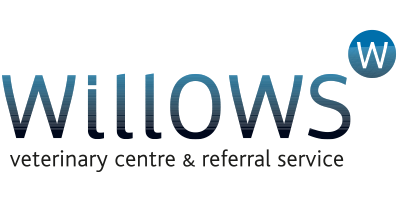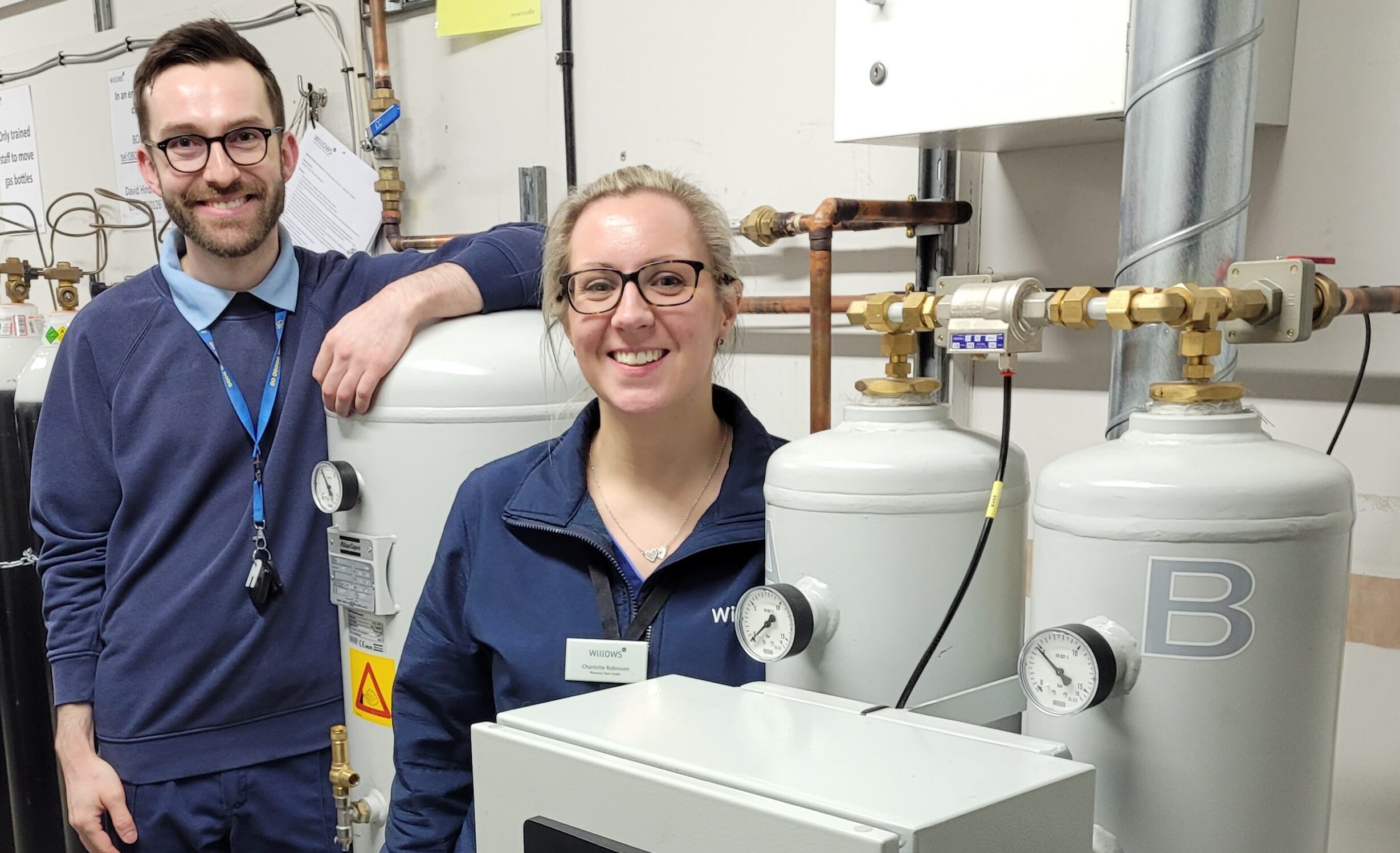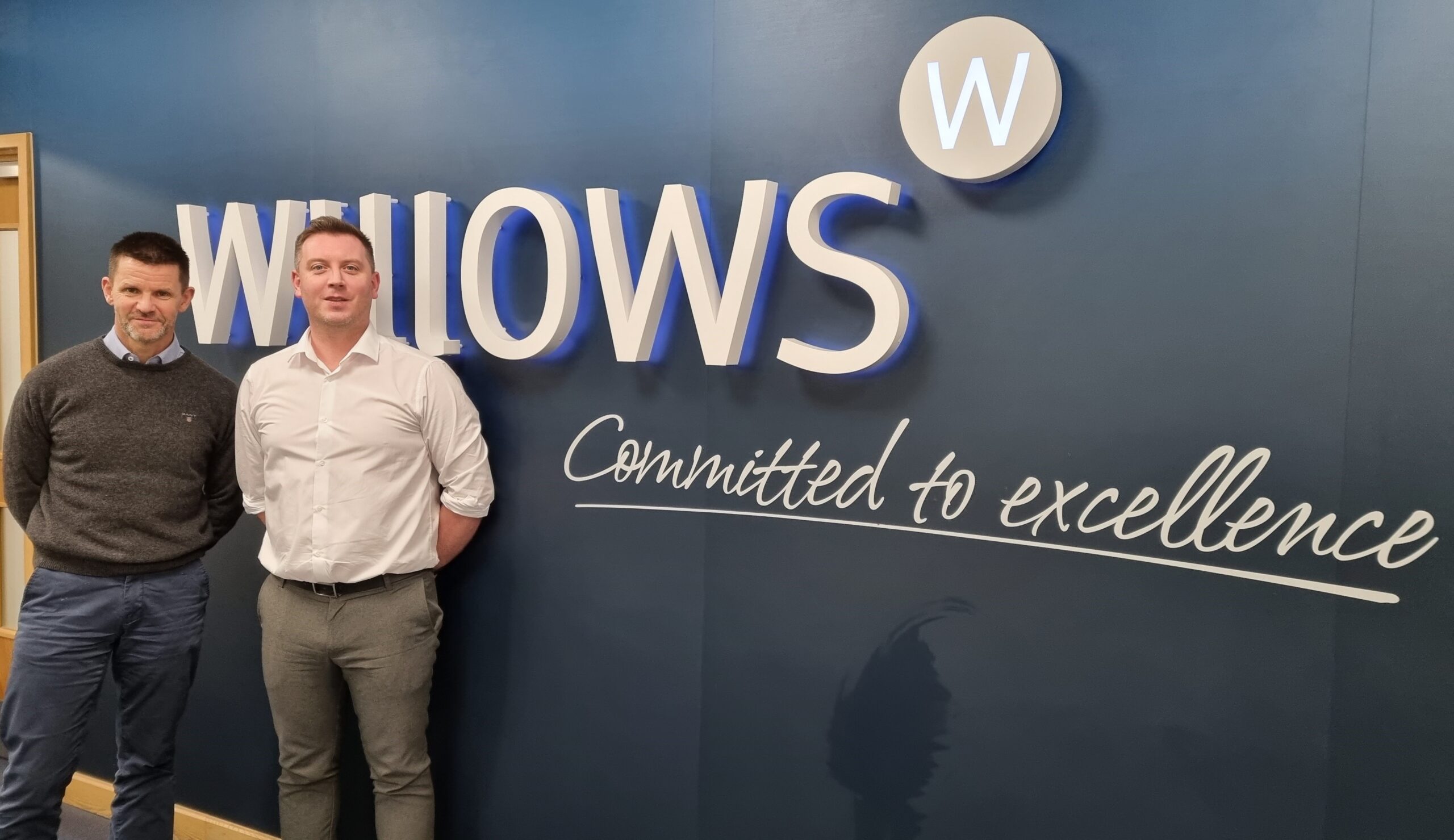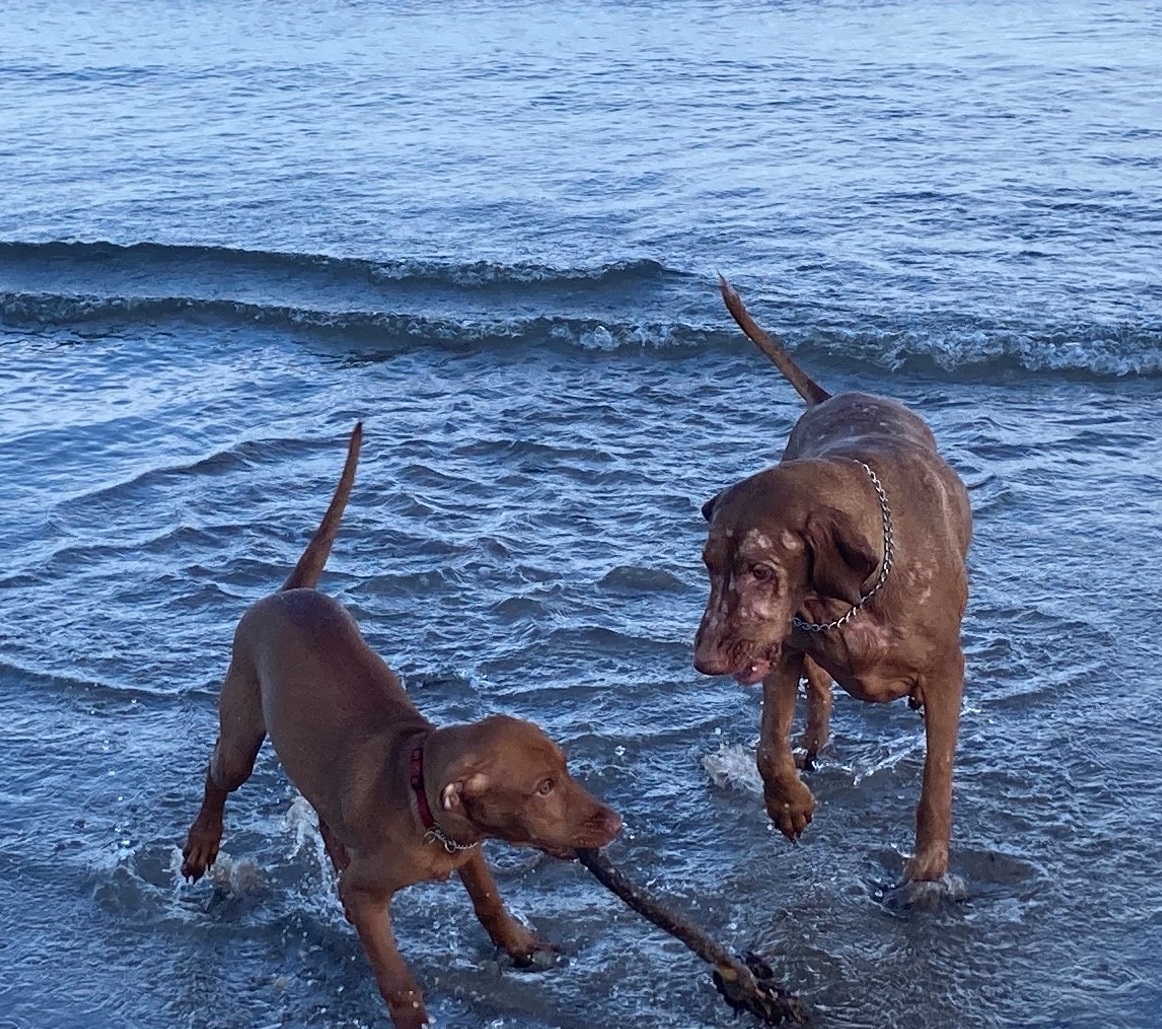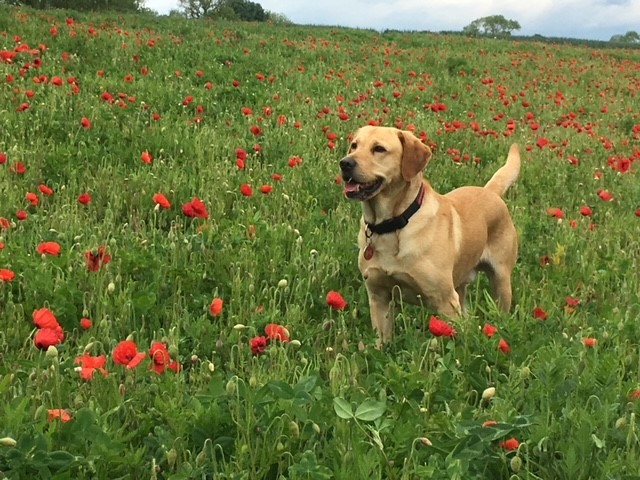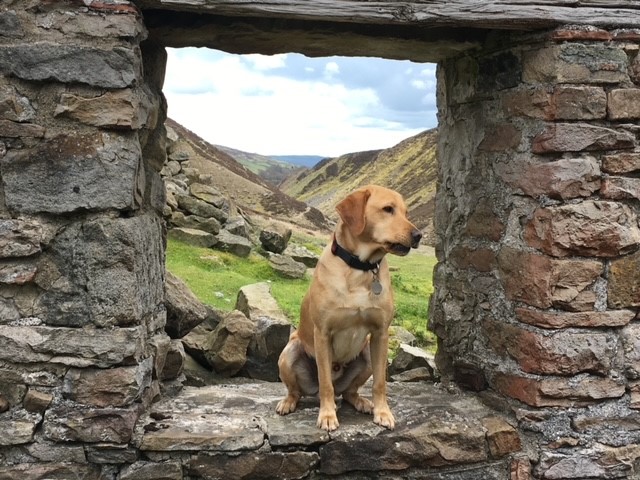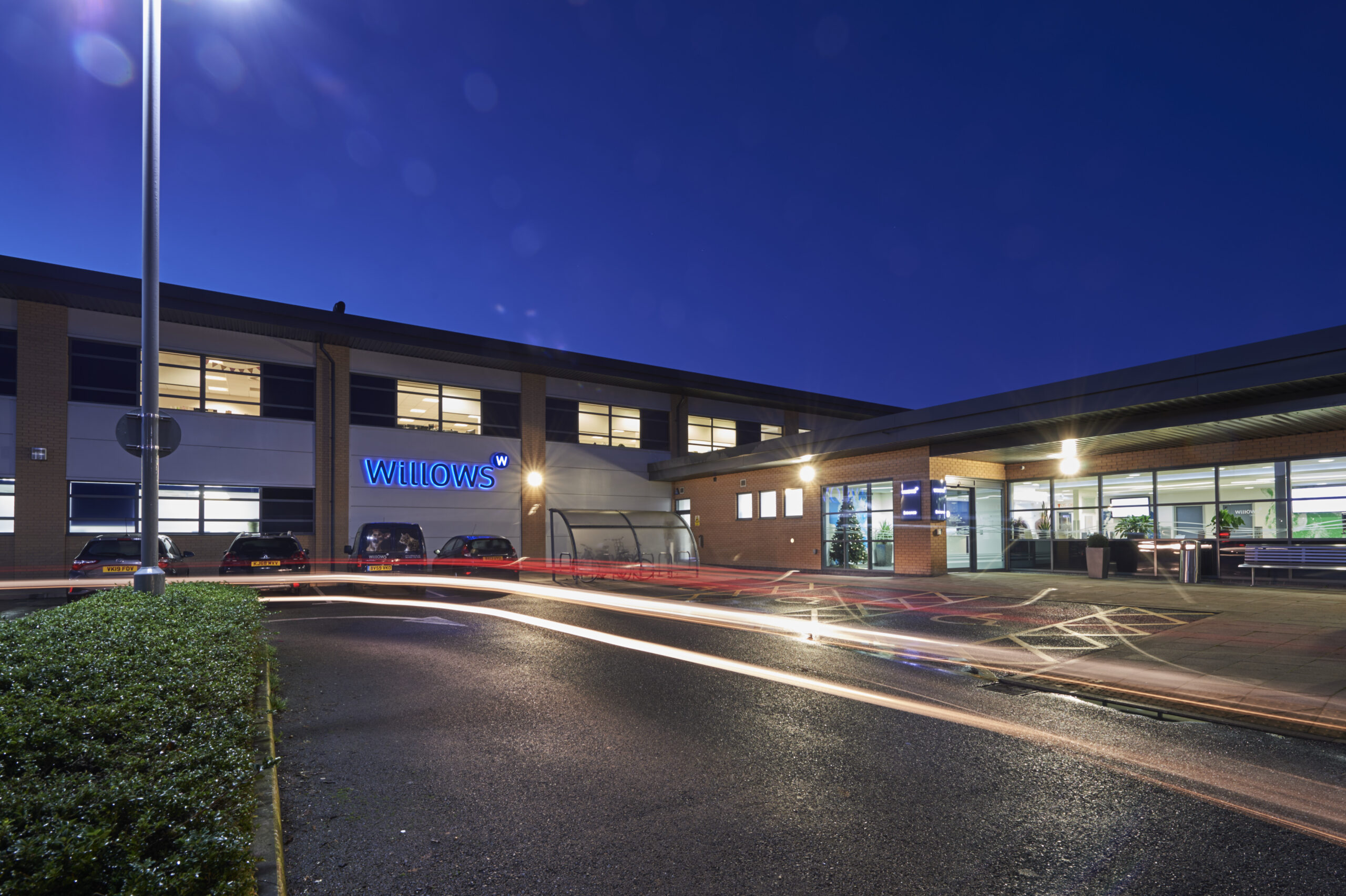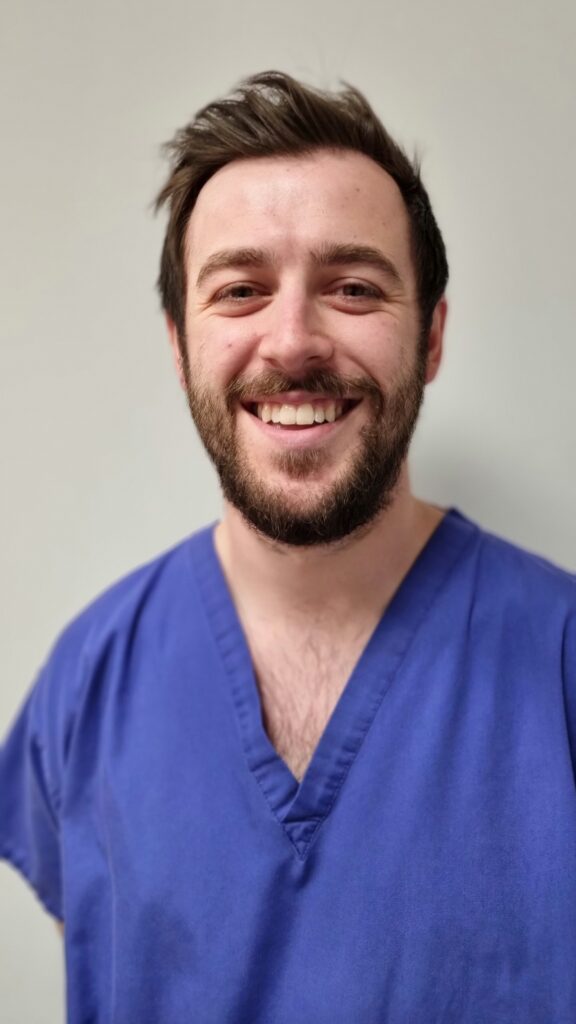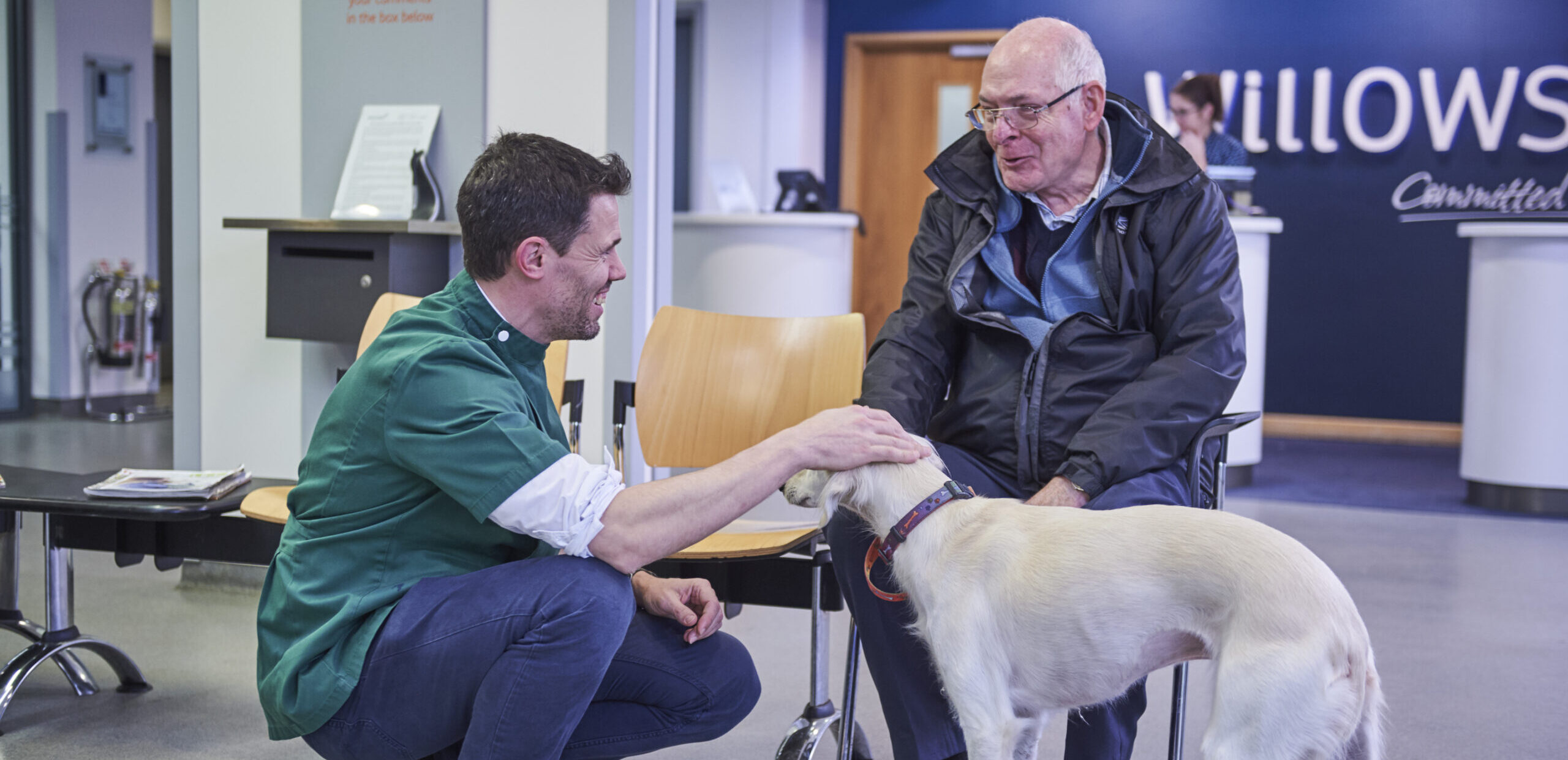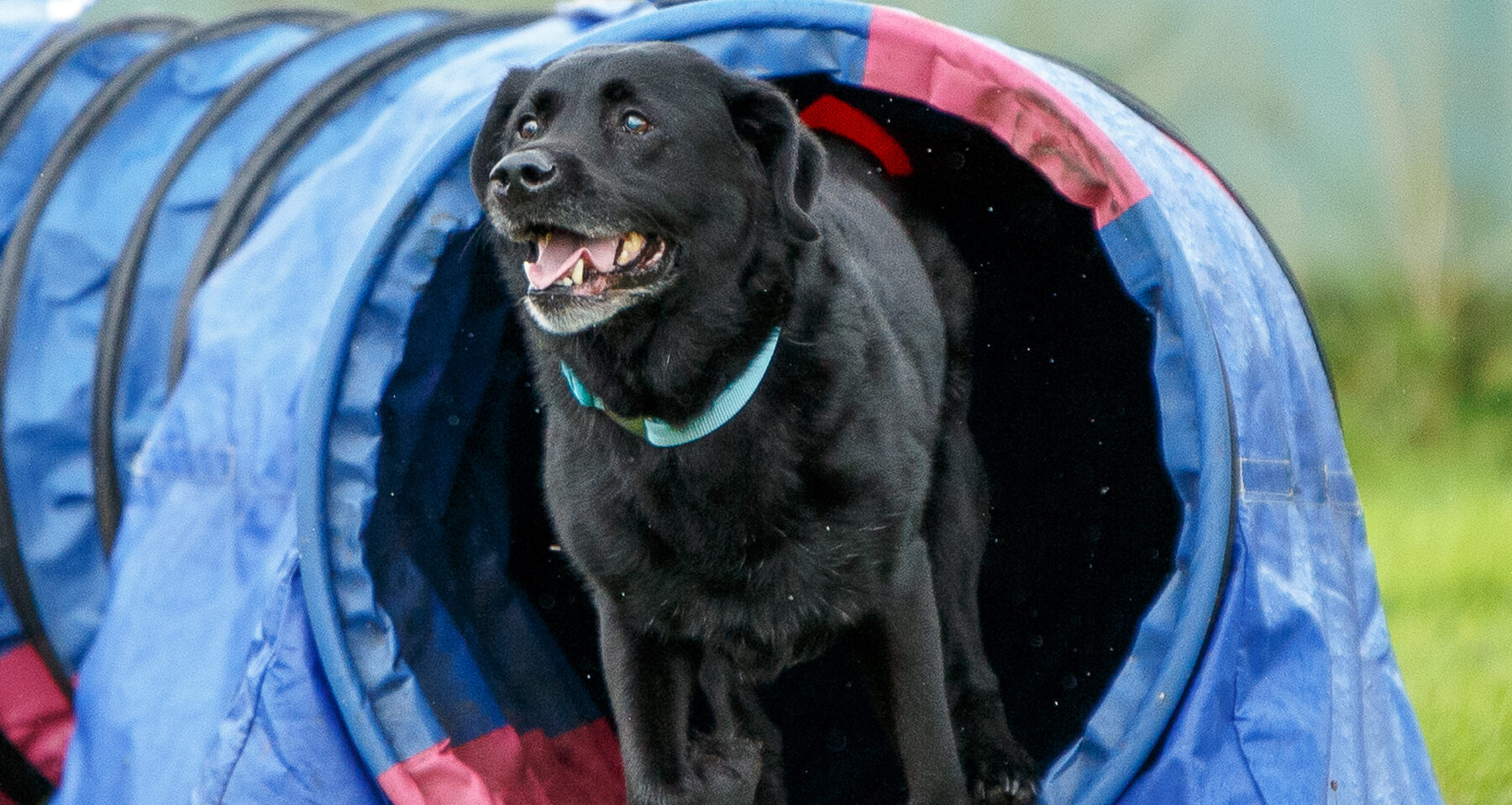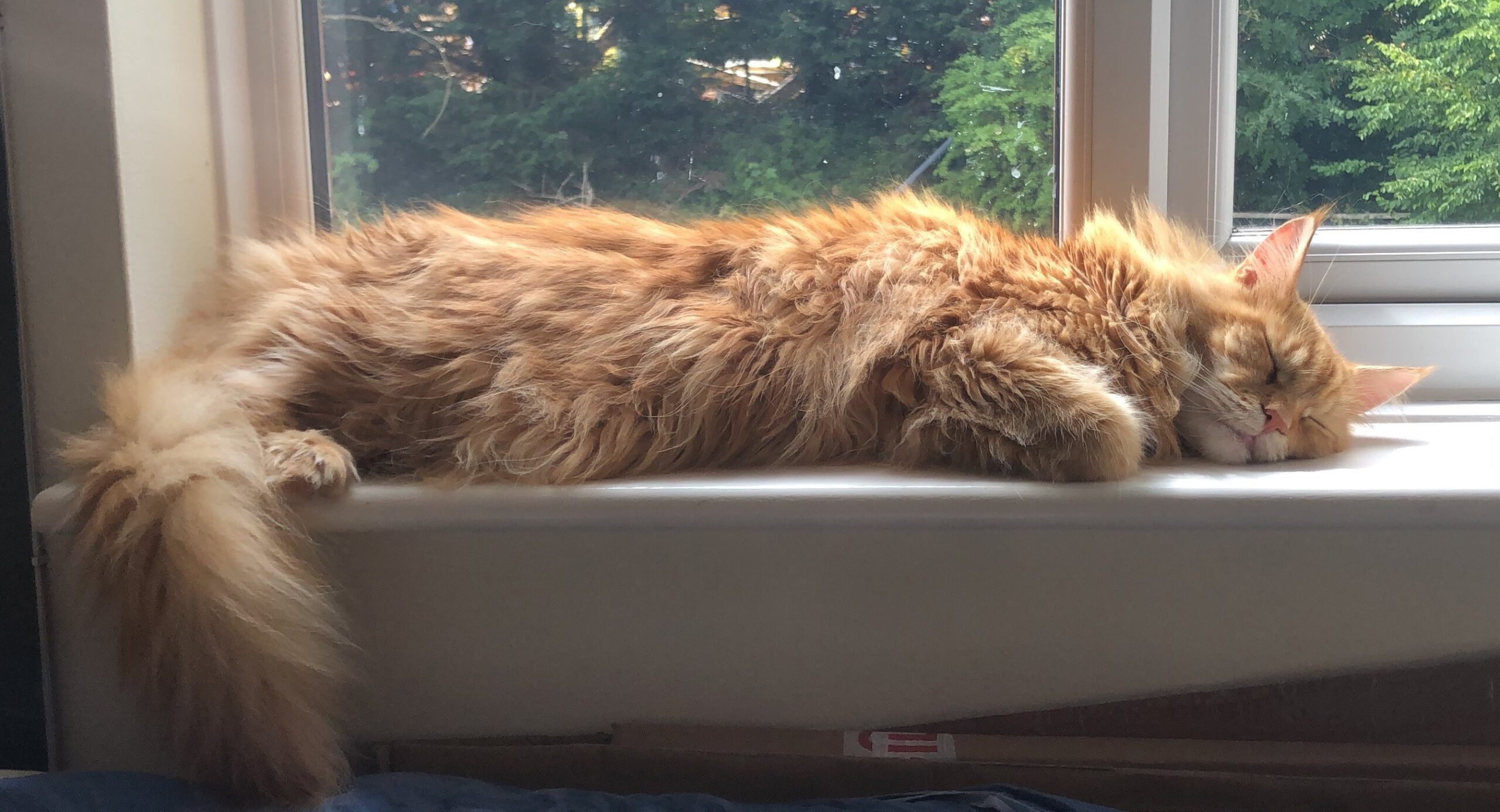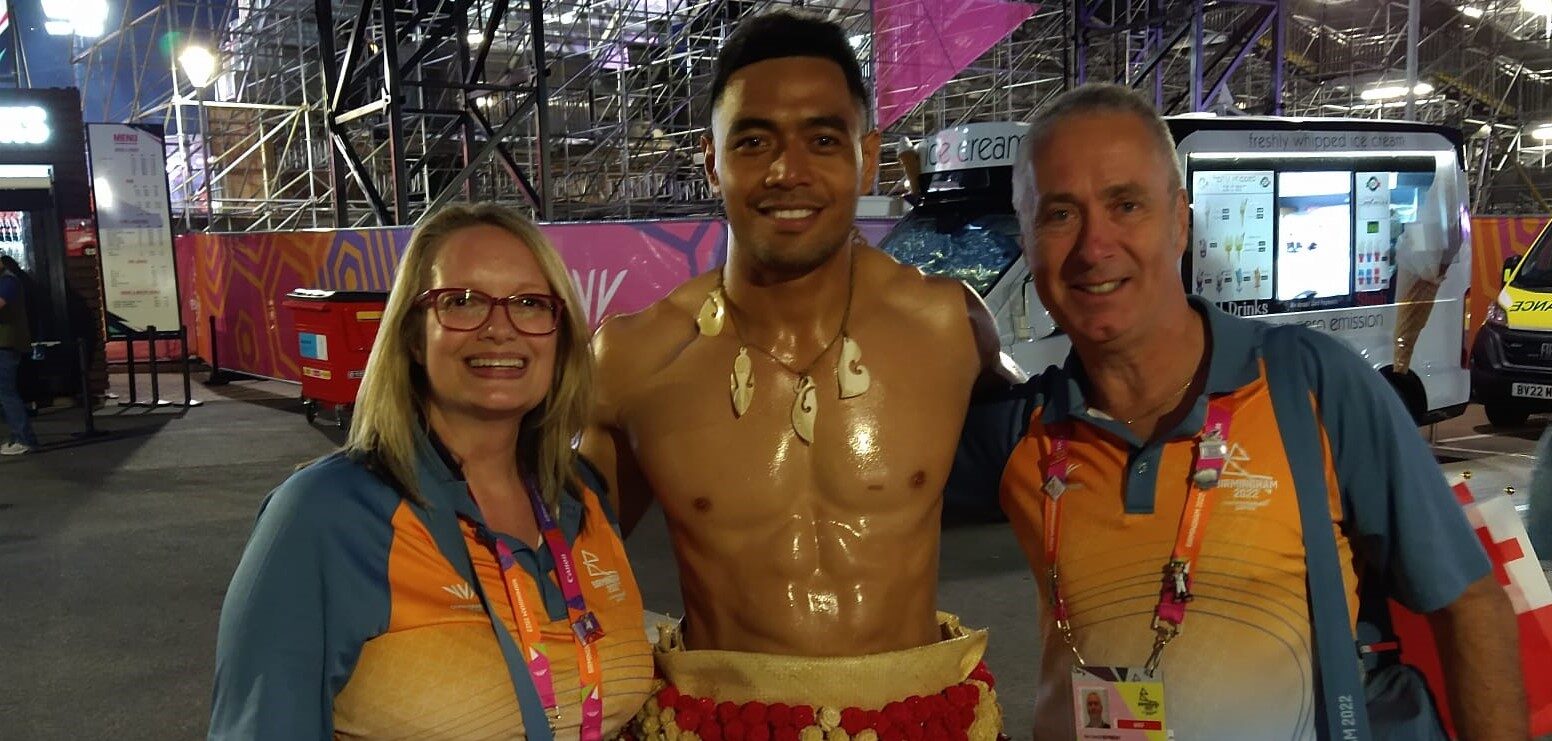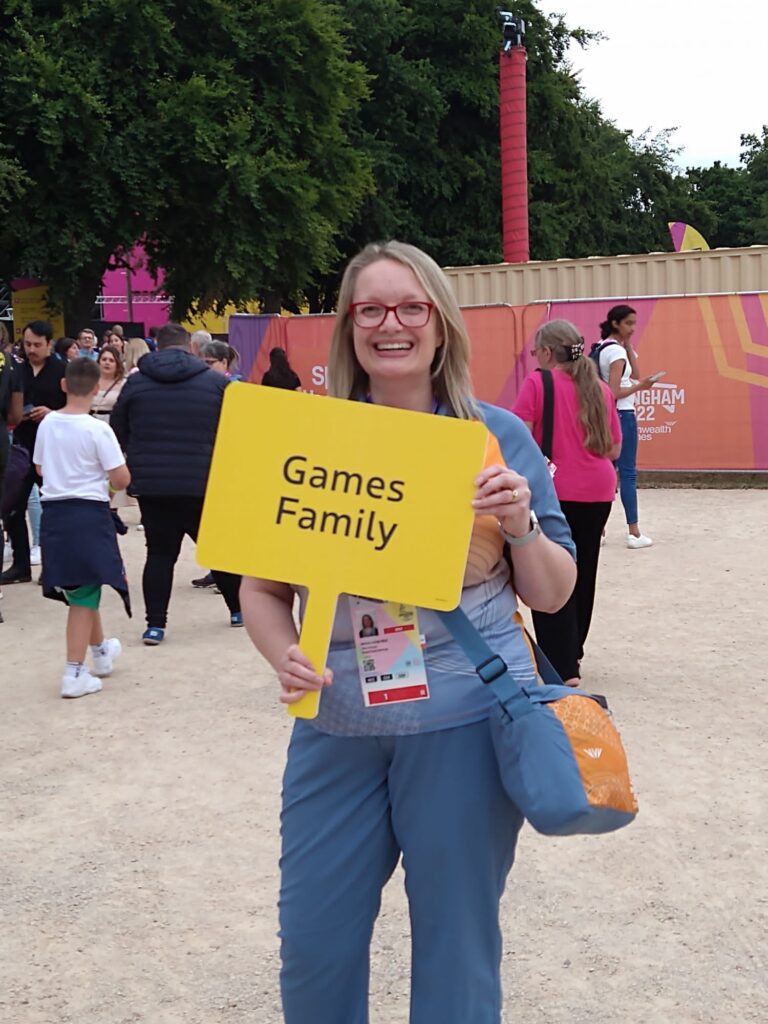Willows has rubberstamped our commitment to the environment with the introduction of an in-house oxygen generator.
We have recently invested £35,000 in a deluxe compressor and state-of-the-art oxygen generator system as part of an ongoing eco-friendly campaign which has already seen our team earn prestigious national accreditation.
Last year, we earned a silver award from Investors in the Environment (iiE), the second-highest honour from the national accreditation scheme, and by purchasing and installing this hi-tech oxygen generator, we will save around 150 HGV deliveries of bottled oxygen a year alone.
The installation is the latest in a long line of eco-friendly measures installed at our hospital, which has a ‘Green Giants’ group who lead our sustainability ambitions.
CARBON FOOTPRINT
David Hindley, Facilities Manager here at Willows, said we were among the first referral centres in the country to use in-house oxygen generators for 100 per cent of its core delivery, adding: “As part of our commitment to the environment, our Green Giants group is continually looking at how we can reduce our carbon footprint.
“The last two years in particular have demonstrated how dependent we have been on oxygen bottles delivered to us and how fragile the supply chain can be when affected by unprecedented events such as the Covid-19 pandemic.
“As part of our commitment to excellence, and to uphold our reputation as a world-leading referral centre, we are incredibly excited to announce we have invested £35,000 in a deluxe compressor and state-of-the-art oxygen generator system.
“This will enable us to not only reduce our carbon footprint courtesy of no longer requiring a HGV delivery up to four times a week, but it will also support the futureproofing of our hospital by ensuring we are no longer reliant on external suppliers for deliveries of oxygen.
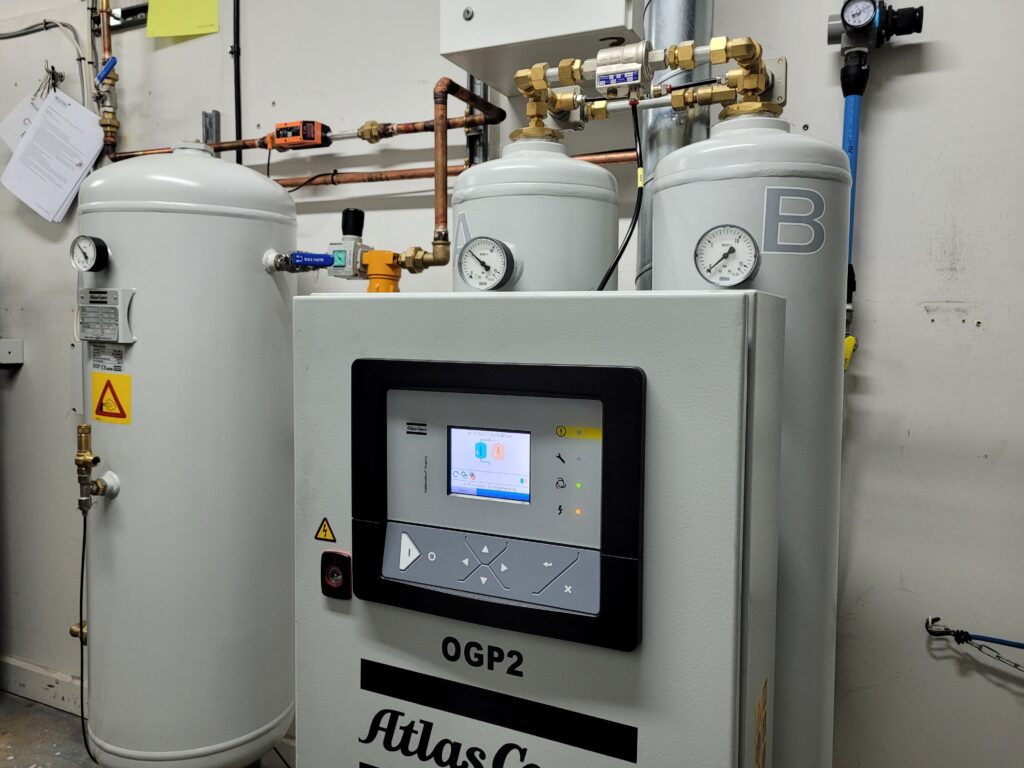
ATLAS COPCO
“Our new Atlas Copco oxygen generator has been providing the hospital with high-quality oxygen without the use of gas bottles seamlessly.”
Ellie West, environmental sustainability lead at Linnaeus, said the fact Willows now has an in-house oxygen generator was a point of difference in terms of reducing its carbon footprint from operations.
She said: “Whilst oxygen generators consume electricity, the carbon emissions from transport deliveries and manufacture of oxygen are likely to be far higher. This set-up models a way that our sector can move towards sustainable practices in even the largest of practice types.”
Other measures which have been adopted and introduced as part of our eco-friendly work with the iiE include switching all lighting to LED energy-saving lights by the end of 2021, creating new waste streams and reducing single-use items, such as saving 4,000 surgical hats from going to landfill by providing all clinical team members with washable hats. The commitments made by the Willows team have seen significant results, with an eight per cent overall drop in electricity usage across the hospital, a seven per cent fuel reduction and a 12 per cent rise in recycling with the hospital now creating 14 tonnes a year of recycling.
